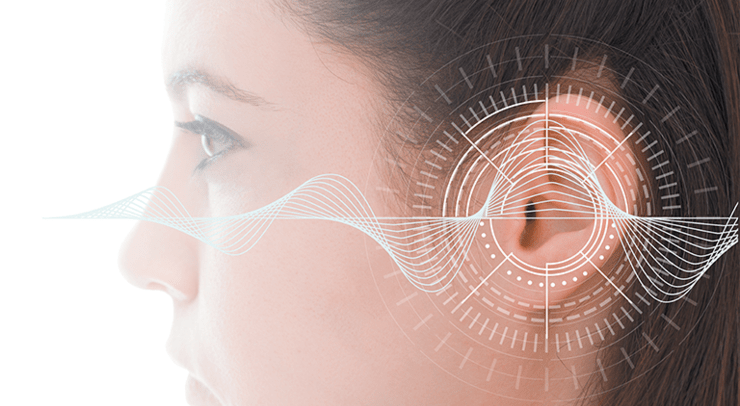When engineers listen in …

The ‘gling-gling’ of a microwave oven, the ‘click-click’ of a car’s direction indicator, the SNCF railway station announcement jingles … we are all familiar with sounds like these that we hear every day, but maybe you did not know that they probably were ‘worked on’ by sound designers. In order to meet a growing demand for specialist engineers in this fields, a new CC has been programmed at UTC: Acoustic design engineering.
This new CC is the result of two mechanical engineering department specialties coming together: Industrial Design Engineering (IDI) and Acoustics and Vibration for Engineers (AVI). As Nicolas Dauchez and Christophe Harbonnier — who co-head the CC — see the issue: “Sound design has only been touched on so far in engineering schools, while we note the very strong demand for expertise in numerous areas such as transportation, urban planning, multimedia, communications … Our objective with his new CC is to see our students become more aware of sounds produced by technological objects and to teach them how to analyse user-experience in this domain.”
The CC is a combination of lectures on how we perceive sounds, how musical instruments and the human voice ‘work’, along with sessions devoted to listening, analysing, creating sounds that can be synthetic (electronic or digitized), in, order to better understand the underlying structures..
Several professional guest lecturers came in to share their personal eXperience throughout the semester. The students were also engaged in case studies, typically, e.g., “Imagine you are a sound design engineer in a company that has decided to bring out a new product with a controlled sound quality output. You are required to study the competition in the market-place and to prepare a sound test for the staff of your company to jusge which product is best appreciated by them”. During the semester, the students also have to create a sound track for a video and to create synthetic sounds for the user interface.
Why use ‘acoustic’ rather than ‘sound’ design?
The term “acoustic” refers to the physical mechanism that underpins production of a sound, contrary to “sound design” which is the subject matter of courses taught in art schools. Student engineers are therefore more sensitive to the way sounds are produced and, moreover, they include marketing, creation of sound logos, etc.
The role of an acoustic designer is to study
the interaction of materials and shapes in a mechanical system that produces sounds.
Acoustic designers make and analyse measurements to determine the perceived characteristics and also the sound experience for the user/listener.
They contribute to research into mechanical (and/or digital solutions to be used to attenuate/ abate nose (unpleasant sounds).
Their aim is to see sound contribute to the overall quality desired (production of sounds perceived as pleasant or compliant) in coherence with a function and/or user desiderata.
They can also help create/design/shape sounds used to guide users, warn of a danger, and/or confirm an action, the sound being heard explicitly in this context by the user/listener.
Definition
A sound may be produced by a physical mechanism or by diffusion of a ‘worked sound’. Both can co-inhabit, naturally.
For example, certain hybrid vehicles are equipped with a system that allows a sound continuity between the sound produced by the internal combustion and the electric propulsion unit.
Sound design contributes to valorising the sound an object produces, clarifies our comprehension of this sound and the meaning attributed to a vocal message or a signal with a precise function.




